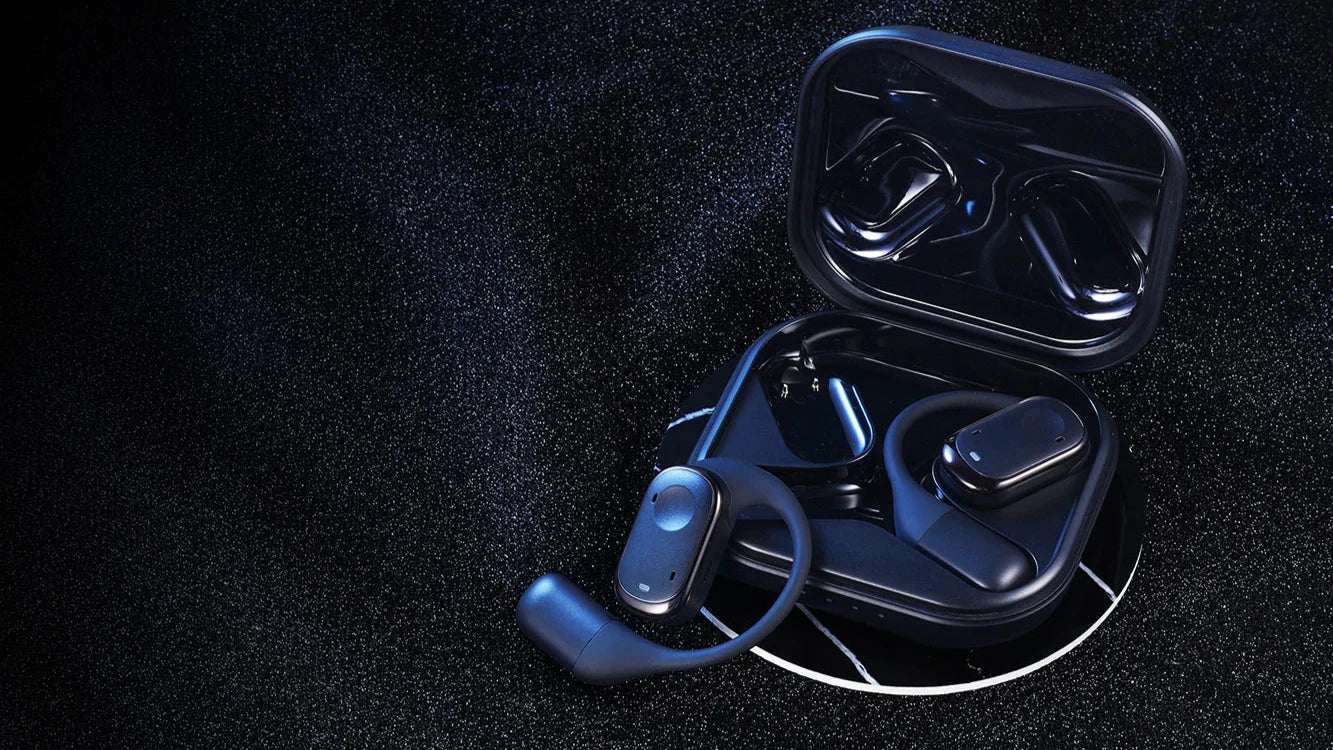AI Translation Earbuds VS Traditional Translators: Which One is Better for Business & Travel?
Introduction
In today’s fast-paced world, effective communication across languages is crucial for business professionals and travelers alike. AI-powered translation technology has evolved significantly, offering multiple solutions to bridge language barriers. Among these, AI translation Bluetooth earbuds and traditional handheld translation devices are two of the most popular options. But which one is better suited for business and travel?
This article will compare these two technologies in terms of accuracy, convenience, features, and real-world applications, helping you make an informed decision.
1. What Are AI Translation Earbuds?
AI translation earbuds are wireless Bluetooth earphones equipped with real-time translation capabilities. They use AI speech recognition, NLP (Natural Language Processing), and cloud-based translation engines to provide near-instant translation during conversations.
Key Features:
✅ Hands-Free & Real-Time Translation – Automatically translates spoken words while you continue your conversation. ✅ Supports Multiple Languages – Integrates AI engines like Google Translate, Microsoft Translator, and iFlytek. ✅ Works in Phone Calls & Video Conferences – Supports seamless translation in business meetings. ✅ Compact & Portable – Small, lightweight, and easy to carry anywhere. ✅ Noise Cancellation & High-Quality Audio – Ensures clarity in crowded or noisy environments.
2. What Are Traditional Handheld Translation Devices?
Traditional translation devices are standalone handheld gadgets designed primarily for voice-to-text and speech translation. These devices have built-in microphones and speakers that allow users to communicate in different languages without needing an additional device like a smartphone.
Key Features:
✅ Dedicated Device for Translation – No need for extra smartphone apps or Bluetooth connections. ✅ Long Battery Life – Lasts longer than earbuds due to its dedicated hardware. ✅ Offline Mode – Many devices support offline translation without internet access. ✅ Screen Display – Some models provide a screen for reading translated text.
3. Feature-by-Feature Comparison
| Feature | AI Translation Earbuds | Traditional Handheld Translators |
|---|---|---|
| Real-Time Conversation | ✅ Yes (simultaneous translation) | ❌ No (one person speaks, then waits for translation) |
| Portability | ✅ Ultra-portable (fits in pocket) | ❌ Bulkier to carry |
| Hands-Free Operation | ✅ Yes | ❌ No (requires holding & pressing buttons) |
| Phone Call & Video Translation | ✅ Yes | ❌ No |
| Offline Translation | ⚠️ Limited (some models support it) | ✅ Yes (supports multiple languages) |
| Battery Life | ⚠️ Shorter (4-6 hours per charge) | ✅ Longer (10+ hours per charge) |
| Screen for Text Output | ❌ No | ✅ Yes |
4. Which One is Better for Business?
For business professionals, AI translation earbuds offer a significant advantage due to their real-time translation and hands-free convenience. Whether you’re in a conference, negotiating a deal, or on a video call, AI earbuds allow you to translate seamlessly without disrupting the flow of conversation.
Best Use Cases for Business:
- International Meetings & Negotiations – Instant multilingual communication without delays.
- Video & Phone Calls – Supports translation during remote discussions.
- Networking & Conferences – Engage with foreign professionals without language barriers.
5. Which One is Better for Travel?
For frequent travelers, the choice depends on the use case. If you need a compact, real-time translation device for casual conversations, AI earbuds are a great choice. However, if you’re visiting areas with poor internet access, a handheld translator with offline mode may be a more reliable option.
Best Use Cases for Travelers:
- Casual Conversations – AI earbuds make talking to locals easier in restaurants, taxis, and shops.
- Emergency Situations – Handheld translators with offline mode ensure reliability in remote areas.
- Language Learning & Study – Some traditional devices provide dictionary functions and text translation.
6. Final Verdict: Which One Should You Choose?
Choose AI Translation Earbuds If: ✅ You want a hands-free, real-time translation experience. ✅ You often participate in business meetings, calls, or conferences. ✅ You need a compact, portable, and stylish solution.
Choose Traditional Handheld Translators If: ✅ You need a longer battery life and offline translation support. ✅ You frequently travel to remote areas without internet access. ✅ You prefer a dedicated device with a screen display for better clarity.
Conclusion
Both AI translation earbuds and traditional handheld translators have their unique strengths. For business professionals and urban travelers, AI earbuds provide unmatched convenience and real-time translation. For remote travelers and offline users, a handheld translator offers reliability and extended battery life.
Ultimately, the best choice depends on your primary use case, connectivity needs, and portability preferences. As AI technology continues to evolve, translation devices will become even more powerful, making cross-language communication easier than ever.
🔹 Looking for the best AI translation solution? Check out Hiesy AI Translation Earbuds for the latest innovation in real-time language translation!

Share:
Teweekai AI Translator: How It Breaks Language Barriers with 98% Accuracy?
Eco-Audio - Sustainable Sound